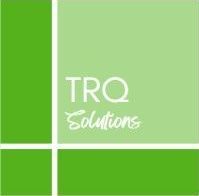Insights
By Judith Kunst
•
February 10, 2025
The amazing nonprofit organizations that partner with TRQ Solutions differ widely in size, mission, and geography. Their annual budgets range from five figures to nine figures; they serve every age group in urban, rural, and suburban settings; and they meet demonstrated needs for shelter, shoes, education, safety, art and theater instruction, sports mentoring, cancer research, and more. One benefit of assisting such a diverse group of clients is that we’re always learning–and we love learning! Another benefit is that we see interesting generalities emerge. For example, large nonprofits often rely as much as small nonprofits do on the passion and energy of a single passionate leader. For another, data in a grant proposal is most compelling when used like good oil or salt: sparingly. And here’s one more: Grant writing and planning get easier if you create a “Grants Fiscal Year.” Most nonprofits plan and execute their operating budgets on fiscal years that start January 1 or July 1. Fundraising activities follow a rhythm that naturally builds to a December year-end appeal or to last-minute calls in June to donors whose dollars can help you cross the finishing line of your annual goal. Then a new year begins with a new (higher) goal. The planning required to raise charitable funding through events, mailings, and direct solicitation aligns well with a 12-month goal, but the planning required to raise grants funding does not. A single grant cycle–from identification to research to letter-of-intent to proposal submission to funder decision and through to disbursement of funding–can last anywhere from 30 days to 18 months and often changes from year to year. Combine that variability in timing with the intense competition for limited awards, and projecting 12 months of grants revenue with any kind of accuracy becomes very hard indeed. Give your grants program a realistic chance to contribute meaningfully to your annual goal by setting a Grants Fiscal Year (GFY) to start four months before the organizational year begins. If your next fiscal year will start January 1, 2026, then on September 1, 2025, begin planning and developing proposals for funding that can potentially arrive well before the following December 31, 2026. If your next fiscal year will start July 1, 2025, set your GFY start date at March 1. Schedule 2-3 hours around that date to assess the prior year’s grant efforts, accomplishments, and learnings, then map out potential revenue and submission goals through the next sixteen months. When my son Jesse was five, he liked to say, “March comes in like a lion and goes out like a GOAT!” 😊If you try implementing a Grants Fiscal Year, you might just find yourself celebrating a year that’s indeed the greatest of all time. And if you need help strengthening the plan and processes to get there, TRQ is ready to assist.
By Kevin Kunst
•
January 12, 2025
About ten years ago, Judith and I read Andy Crouch’s book Strong and Weak. In it, Crouch uses a Christian framework to create a matrix, a Cartesian plane with “authority” and “vulnerability” as the x- and y-axes. We believe any person or organization can benefit from looking at where they are on this plane after understanding the conditions that form each quadrant. If a person or organization has little to no authority but lots of vulnerability, they are in the lower right quadrant of suffering. If a person or organization has little to no authority but also little to no vulnerability, they occupy the low left quadrant of apathy. If a person or organization has lots of authority and little to no vulnerability, they’re likely in the top left quadrant of exploitation. But if a person or organization has growing authority (agency, access, power) AND growing vulnerability (authentic openness, uncertainty, humility), then human flourishing occurs and positives meet in the Top Right Quadrant, otherwise known as TRQ! In every area of nonprofit work, from programs to grant writing to governance to strategic planning, we’ve seen nonprofits leverage authority and vulnerability to enhance their impact. About ten years ago, Judith and I read Andy Crouch’s book Strong and Weak. In it, Crouch uses a Christian framework to create a matrix, a Cartesian plane with “authority” and “vulnerability” as the x- and y-axes. We believe any person or organization can benefit from looking at where they are on this plane after understanding the conditions that form each quadrant. If a person or organization has little to no authority but lots of vulnerability, they are in the lower right quadrant of suffering. If a person or organization has little to no authority but also little to no vulnerability, they occupy the low left quadrant of apathy. If a person or organization has lots of authority and little to no vulnerability, they’re likely in the top left quadrant of exploitation. But if a person or organization has growing authority (agency, access, power) AND growing vulnerability (authentic openness, uncertainty, humility), then human flourishing occurs and positives meet in the Top Right Quadrant, otherwise known as TRQ! In every area of nonprofit work, from programs to grant writing to governance to strategic planning, we’ve seen nonprofits leverage authority and vulnerability to enhance their impact. Nonprofits and their boards exercise Authority when they… Build trust and credibility Raise awareness w/research & data Mobilize resources Advocate for change Share expertise Foster collaboration Nonprofits and their boards exercise Vulnerability when they… Acknowledge limitations and resource gaps Invite client & volunteer input Report transparently on how donations are used Rigorously evaluate programs Fully describe and document their work (i.e., write grant proposals!) Foster collaboration By strategically balancing authority and vulnerability, nonprofits can build stronger relationships, attract the right resources, and ultimately achieve greater social impact.
By Kevin Kunst
•
September 26, 2024
I have been engaging with Dr. Frederik G. Pferdt‘s new book, “What’s Next is Now: How to Live Future-Ready.” A former member of the Google leadership team, Pferdt examines this tension, arguing that we are too often fearful of what’s next, and that fear paralyzes us into not fully understanding and leveraging the fact that our actions today in fact create our tomorrow. As an educator, I was always imploring my students to prepare to be the person they wanted to be, and that what I was teaching them would help them do that. But while I had become the person I wanted to be, in no small part thanks to teachers who helped me along the way, I have realized that applying this thinking to more immediate work and life choices sometimes eluded me, because the immediate seems so important at the time. Spending some time today building our tomorrows, actively and thoughtfully, is incredibly important to leaders in all types of industries, but in particular to small businesses, non-profits, and schools. This requires a lot of faith, it requires confidence and a sense of calm, and it requires our willingness to be self-aware and use that awareness for growth. In our business at TRQ Solutions LLC, we call this “flourishing,” but flourishing requires preparing the soil for rain. In working with a number of organizations around their grant-writing and development programs, it is incredibly evident that the time spent to prepare for the future, to build the flourishing and success of tomorrow, is the time spent in cultivating relationships. Whether it’s asking for a donation, introducing oneself to a grant funder, or for our part, truly understanding our client so that we can best serve them, relationship-building is the tilling of the soil. For TRQ, we have entered into a number of retained grant writing contracts, where we get to truly understand our client and walk alongside them, partnering in the successes and being a support in the more challenging times. Grant writing is sometimes a volume business, and it takes time and effort and a depth of preparation to create growth. The hope of a “get-rich-quick” idea is a tried and true platitude. But true flourishing comes for the organization that recognizes that fundraising is a long game, that the investment in relationship is the true investment in being future-ready.
By Judith Kunst
•
August 4, 2024
My years as a grant writer were preceded by years as an essayist, freelance editor, and poet. Long before I helped nonprofits translate complex landscapes of need and care into logic models, budgets, and word-count-limited narratives, I translated complex landscapes of need and wonder into sonnets, villanelles, and sestinas. I learned that writing with strict rules can give words more power–the same way water pushed through a hose can kill a fire. Many people groan at the word grant (unless it’s followed by award!), and many rightly question the hyper-competitive, laborious, often inequitable process of finding and winning grants. To me, grant applications are creative opportunities to tell complex stories clearly, and to make meaningful, unexpected connections: Between problems and solutions Between science and stories Between local passion and federal programs Between philanthropists and families Between justice and jobs Ultimately, grants are a practical tool for connecting money with mission, and if you had to be a poet to win one, the 1.8 million U.S. nonprofits would be in trouble. That being said, if a nonprofit you’re involved with needs grant writing help, there might be an advantage to hiring someone who understands what the poet Dylan Thomas called “the force that through the green fuse drives the flower.” TRQ Solutions clients have won over $13.5 million in grant awards, and we’re working every day to help them win more.
By Kevin Kunst
•
July 17, 2024
My journey into entrepreneurship from day-to-day educational leadership has been an interesting one. So often in the independent school world, we are in a reactive state of being, despite our desire to be proactive, to be building and growing. This is especially true for small schools that are always fighting for resources. It is easy in our jobs and in our lives to be captive to the moment, caught up in whatever problem is presenting itself, focused only on what is right in front of us – or worse yet, reliving and litigating something that is past. I have been engaging with Dr. Frederik G. Pferdt‘s new book, “What’s Next is Now: How to Live Future-Ready.” A former member of the Google leadership team, Pferdt examines this tension, arguing that we are too often fearful of what’s next, and that fear paralyzes us into not fully understanding and leveraging the fact that our actions today in fact create our tomorrow. As an educator, I was always imploring my students to prepare to be the person they wanted to be, and that what I was teaching them would help them do that. But while I had become the person I wanted to be, in no small part thanks to teachers who helped me along the way, I have realized that applying this thinking to more immediate work and life choices sometimes eluded me, because the immediate seems so important at the time. I like to think of myself as a pretty good problem solver. The challenge for me is to apply that thinking to longer term “problems,” or to be more positive, to longer term aspirations. Spending some time today building our tomorrows, actively and thoughtfully, is incredibly important to leaders in all types of industries, but in particular to small businesses, non-profits, and schools. This requires a lot of faith, it requires confidence and a sense of calm, and it requires our willingness to be self-aware and use that awareness for growth. In our business at TRQ Solutions LLC, we call this “flourishing,” but flourishing requires preparing the soil for rain. I also listen to the Consulting Success podcast and read the blog posts by Michael Zipursky. In a recent post, Zipursky argues that we can build a schedule that helps us get into the “flow state” every day, and from that flow state we can be more productive and generally happier. While he is talking about building a consulting business, I think his steps of thinking through a typical day, then an ideal day, and then working to merge those into a more optimized schedule, is a practical way to think about what Pferdt is suggesting, creating a “future-ready” existence where we have better curated our tomorrows. No matter what your business or your status in life, one can craft a future of opportunity, joy, and success. #futureready #consulting #entrepreneurship #independentschools #nonprofits #leadership #success #opportunity #flourishing #toprightquadrant
By Judith Kunst
•
July 7, 2024
When TRQ Solutions first opened for business, I leaned on two words offered by a friend with expertise in marketing. “Authenticity sells,” she said, and she was right. Nonprofit leaders responded quickly to a straightforward communication of my grant writing skills–and my work for them became the starting point for new communication and new clients. I’ve found that authenticity in grant proposals also “sells.” While funders who’ve shared their perspective with me definitely love error-free proposals that present compelling narrative and data, and while they admit inside connections definitely play a role in award decisions–they also say that winning proposals have convinced the reviewing committee that the organization’s claims about its work and changemaking potential are not only aligned with the foundation’s priorities but are true. Is your proposal doing everything it can within the confines of a grant application to demonstrate that sometimes elusive quality of authenticity? Improving your approach to procuring letters of support is one place to start. Letters of support are terrific attachments when allowed. Drafting letters with the messaging you need and asking VIPs or program “success stories” to personalize and sign them is a strategy I’ve used often to good effect. In truth, however, most folks sign the letters without making any changes–and because time is short, templated letters get used and reused. Are the gains of an endorsement achieved by this means offset by a perceptible lack of authenticity? Here’s an idea: Looking at one of your favorite LOS templates, and keeping the funder’s array of requirements and priorities in mind, draft three targeted questions to send with your request to a potential endorser. Ask them to answer at least two of the questions by return email or by voicemail at the number you provide, then review/revise and sign the letter you’ll send back to them based on their response. Adding this extra step creates space for the real voice of each supporter to be heard, invites genuine personalization within a reasonable time commitment, and gives the grant writer a jumpstart on drafting a distinctive yet on-message LOS for each signer’s review. At TRQ Solutions, we love the challenge of infusing authentic, 3-D life into each 2-D funding application we have the privilege to prepare. Reach out if you’d like to learn more!
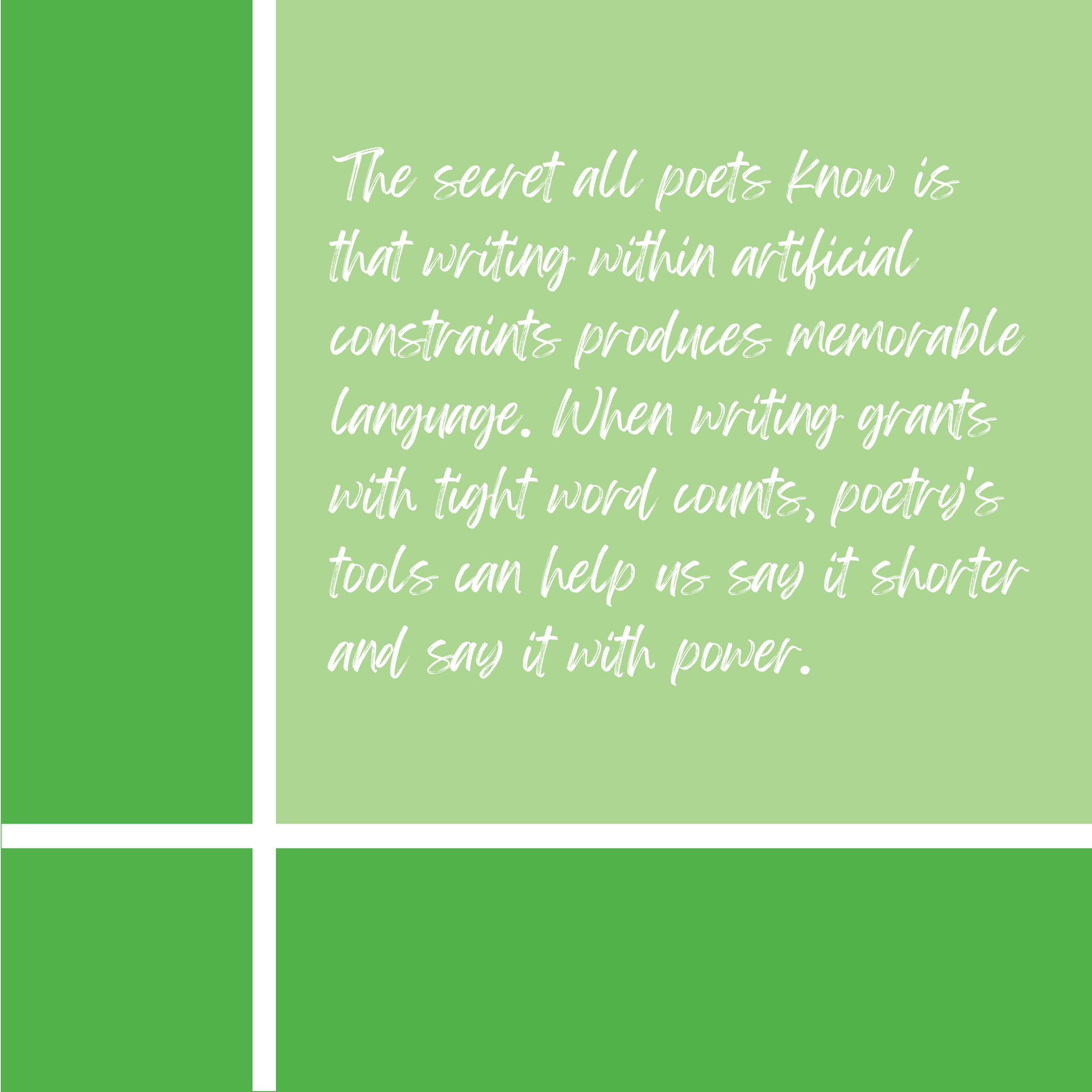
By Kevin Kunst
•
January 10, 2024
Why does a poet have an edge in grant writing? The secret all poets know is that writing within artificial constraints produces memorable language. When writing grants with tight word counts, poetry’s tools can help us say it shorter and say it with power. Writing succinctly and powerfully doesn’t just happen. It is a craft with tools that can be honed and wielded with skill and precision. For example, did you know that nouns and verbs are the strongest words, and adjectives and adverbs the weakest? Paying attention not just to what we are saying, but to how we are saying it is the poet’s joy and forte. And when applied to grants, this helps us not only to write within the constraints of an application question, but to make every word count. Judith Kunst is a poet and author as well as a grant writer and strategist who has raised millions for her clients. She is the President of TRQ Solutions. You can contact her at judith@trqsolutions.com
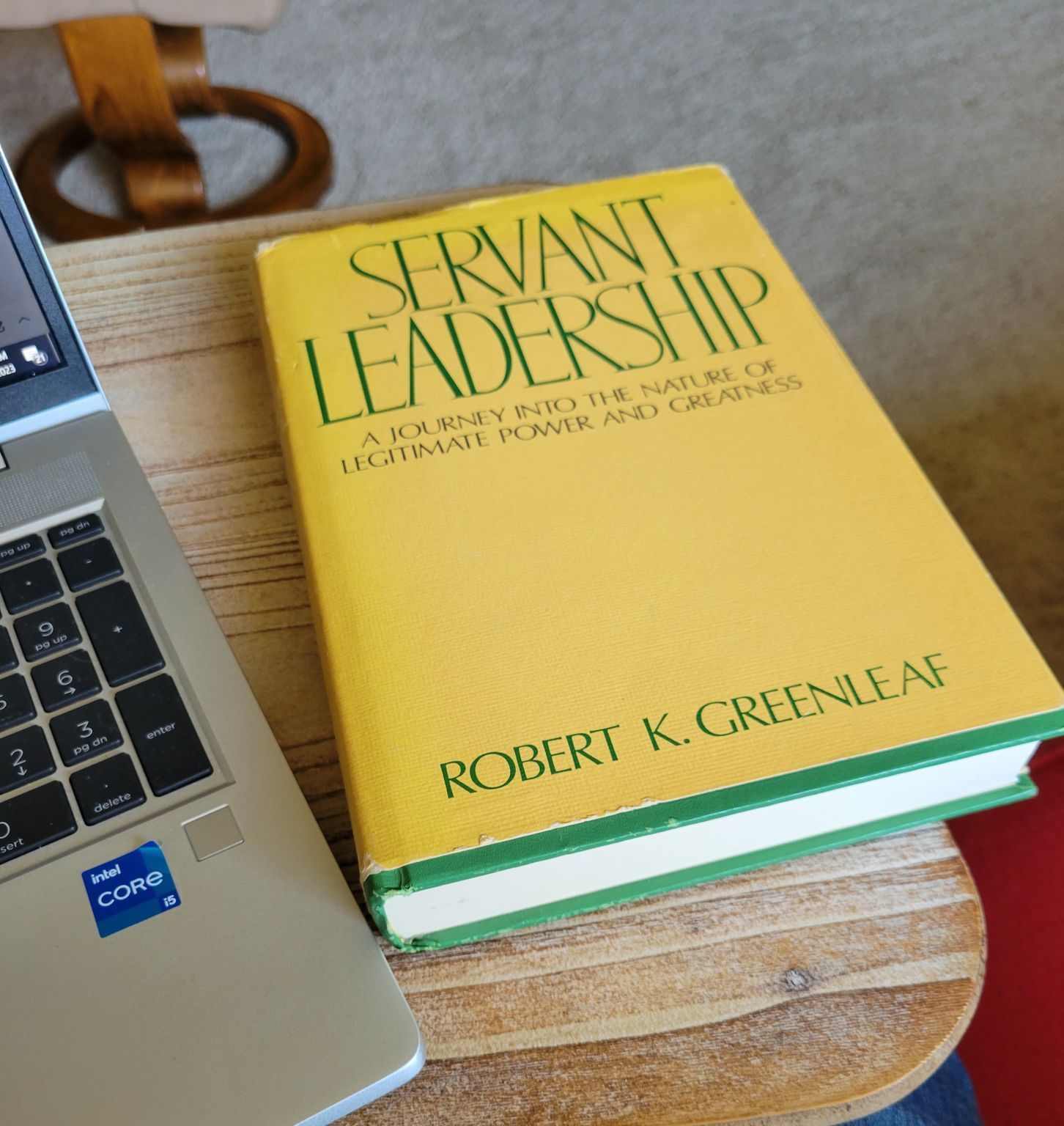
By Kevin Kunst
•
January 8, 2024
My administrative team had a retreat this past summer where our friend Denise Biggerstaff Coaching led us through the “Working Genius” framework, and the results of the exercise have stuck with me. It has taken me back to Robert Greenleaf’s “Servant Leadership: A Journey into the Nature of Legitimate Power and Greatness.” What we learned, and what Greenleaf discusses in his unit “The Institution as Servant’ is this: “The achievement of such optimal balance [between conceptualization and operation] is hindered by a stubborn fact: whereas conceptualizers generally recognize the need for operators, the reverse is not often the case.” In simple terms, what I see in so many schools, non-profits, and businesses is that there are a lot of dedicated “operators” who accomplish a lot just on the sheer force of their will and work ethic – and some of those organizations lack the visionary or the “idea” person. But even more often, the entity has both conceptualizers and operators, but lack connectors between the two, what the Working Genius identifies as “discerners” and ‘galvanizers.” In those organizations, a lot of good is happening, but is often happening too fast and without curation, and is sometimes not as connected to the broader vision as it could or should be. As such, the organization is successful in some ways, but not reaching its potential. These ideas resonate for me with Jim Collins’ thoughts of getting people into the right seat on the bus, but also making sure you fill all the seats thoughtfully to achieve balance, efficiency, and optimal long-term performance. Kevin Kunst is an engaging public speaker and published writer with years of experience in teaching, management, consulting and education. He is the Vice President of TRQ Solutions. You can contact him at kevin@trqsolutions.com.
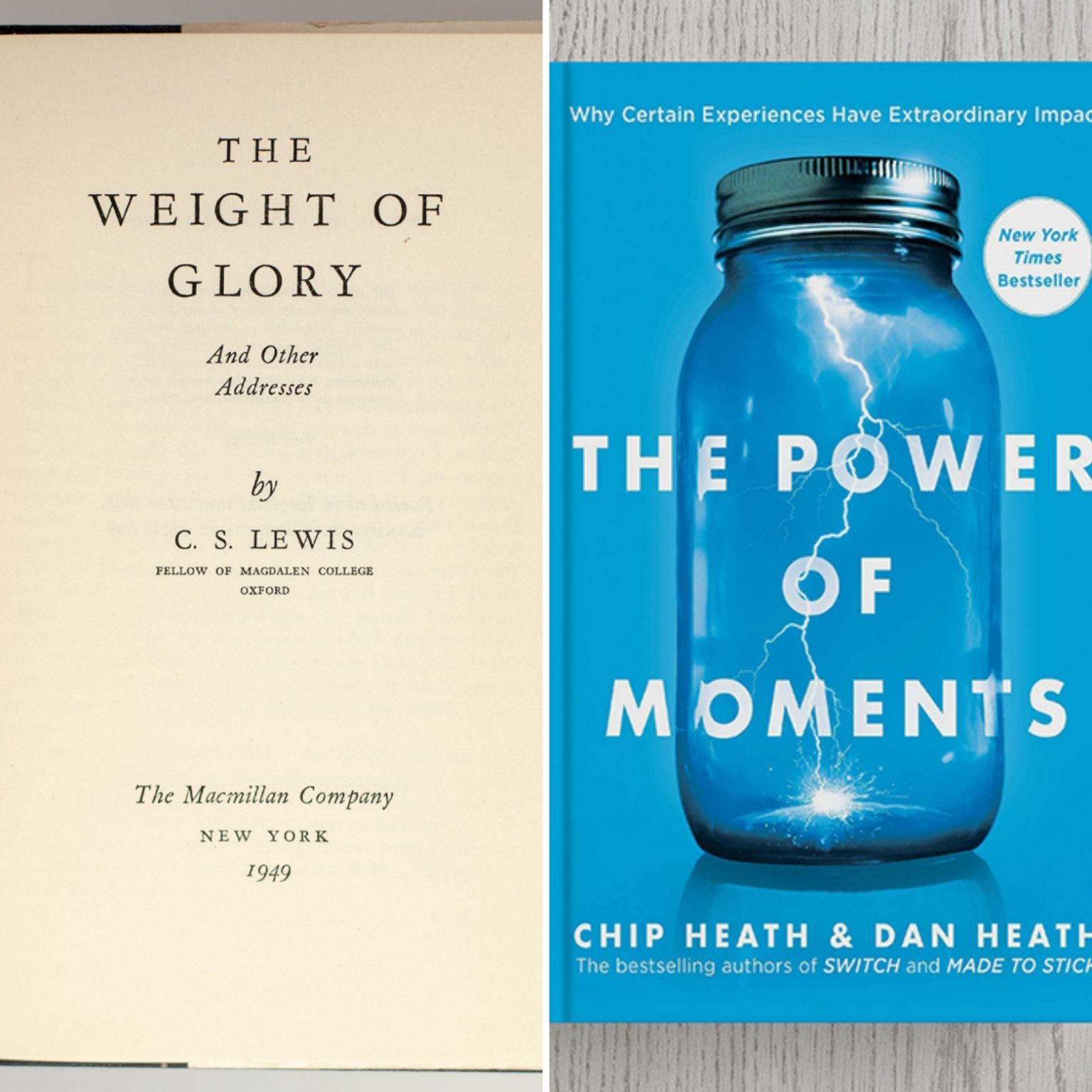
By Kevin Kunst
•
January 8, 2024
I may be one of the only former high school football coaches who can claim that he put a C.S. Lewis quote on the back of his practice shirts. The power of C.S. Lewis’ essay “The Weight of Glory” has always resonated strongly with me. And yet, yesterday my son came back from visiting with his grandfather and told me about the conversation they had regarding Lewis’ essays. My immediate thought was – how had I missed that as a parent? I had had these discussions with my football teams over the years but had not shared with my own son an essay that had meant so much to me. And so I dedicate this post to him and his two brothers. Lewis in “The Weight of Glory” captures a truth that is important for me to be reminded of daily, and for all to hear: “We are always falling in love or quarreling, looking for jobs or fearing to lose them, getting ill and recovering, following public affairs. If we let ourselves, we shall always be waiting for some distraction or other to end before we can really get down to our work. The only people who achieve much are those who want knowledge so badly that they seek it while the conditions are still unfavorable. Favorable conditions never come.” I know I fall into this trap quite a bit and see others fall into it as well. In simplest terms, we get paralyzed by the immediate, by fear, by the excuse, by the moment – for moments are powerful, can feel all-consuming. I don’t see Lewis’ words dismissing life’s circumstances or responsibilities, but rather encouraging active engagement with them in relation to larger desires and dreams, as seeing them as opportunities to grow by seeking knowledge through the moment. What if we can actively craft the moment? What if we seek a deeper understanding of the moment? And in business, what if we can grow in monetization and built relationships through the moment? Chip and Dan Heath, in their excellent book, “The Power of Moments,” ask these same questions, and I appreciate Tim Fish for introducing me to it. “In the short term, we prioritize fixing problems over making moments, and that choice usually feels like a smart trade-off. But over time, it backfires.” I wonder how many things I have prioritized over exploring C.S. Lewis’ beautiful words and guidance with my son. I wonder how many moments I have failed to create, to live through, to seek knowledge from. It is in that way that Lewis and the Heaths work together, complementing one another. As Lewis notes, the path to the creative energy the Heaths recommend is to want knowledge, badly. The Heath brothers summarize it in their conclusion and set before me a goal for this week of growth: “We can be the designers of moments that deliver elevation and insight and pride and connection. These extraordinary minutes and hours and days – they are what make life meaningful. And they are ours to create.” For me, that will start with sitting down with my son and C.S. Lewis. Kevin Kunst is an engaging public speaker and published writer with years of experience in teaching, management, consulting and education. He is the Vice President of TRQ Solutions. You can contact him at kevin@trqsolutions.com.
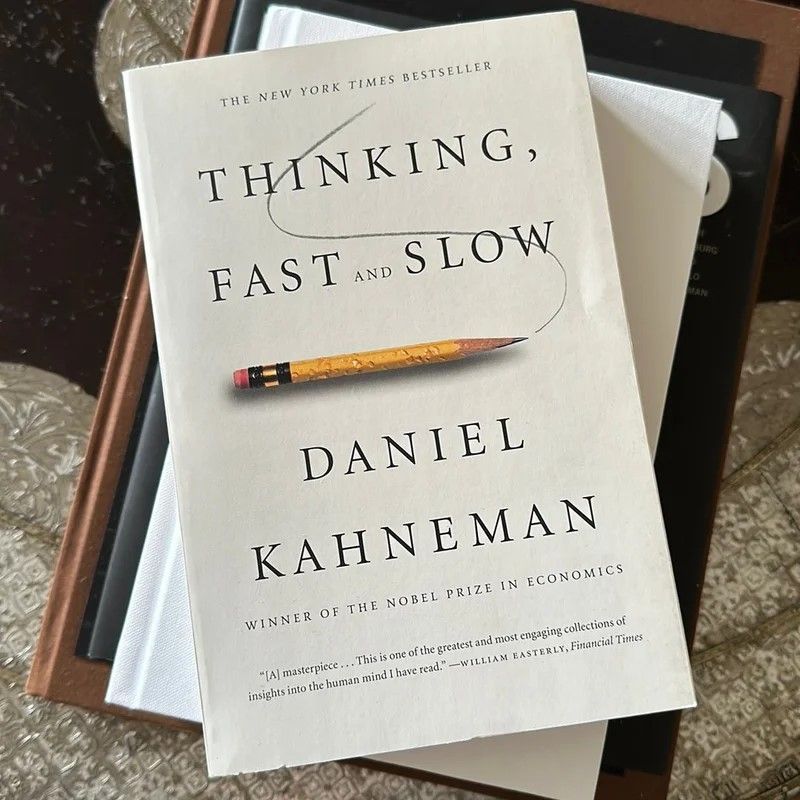
By Kevin Kunst
•
January 8, 2024
Over my thirty years in education, I have had the opportunity maybe four or five times to teach Economics or A.P. Economics, usually to juniors and seniors in high school. When I do, the first lecture is always an explanation that economics is effectively the study of (and science of) choice. Most students are a little taken aback by this simple fact, as they are focused on the traditional lens of economics, which has to do with the movement of money, financial institutions, etc. But I like to spend a good amount of time ensuring that they understand that the principles of economics can be applied to all aspects of their life, regardless of whether that moment or choice involves money. My hope is always that these principles help them (and all of us) make choices well and in spite of the myriad barriers we face and create. The Nobel Prize winning economist Daniel Kahneman, in his book “Thinking Fast and Slow,” argues that “we can be blind to the obvious, and we are also blind to our blindness.” It’s a powerful notion to think that we so often fail to see the obvious through the noise, clutter, and bias that is around us and within us, and humbling to think that we may be blind to a choice or solution due to our own ignorance, or worse, due to our own weakness in consciously scratching our eyes out. As a leader, there is a responsibility to mitigate as much of this blindness as possible, to be aware of our surroundings, to be self-aware, to be an active listener, to be a seeker of truth, and to be one who carefully absorbs inputs. Kahneman calls this System 2 thinking – slower, more deliberate, more logical. Unfortunately, we tend to make System 1 choices – faster, more instinctive, more emotional. While I would argue that there is a place for those type of decisions, as I think does Kahneman and many others, I also have to concede that due to the many expectations of leadership, due to the constraints of limited minutes in the day, and due to a healthy amount of arrogance, I can certainly fall into the trap of overusing System 1 thinking. I love this book and cannot recommend it enough. I also admit that I need to continue to work on applying its principles. As I transition in my career, I find myself needing to slow down and learn what I don’t know, and better apply all that I do know. As a human being in a challenging period in history to be a thought leader, to be independent and free in my beliefs, I must parse everything, applying trust when it is warranted and justified, and healthy skepticism when it is needed. One might define slow as not necessarily a grinding to a halt of all movement, but a pause in a moment, an application of a 360-degree view instead of simply the limited scope that lies in front of us. Kevin Kunst is an engaging public speaker and published writer with years of experience in teaching, management, consulting and education. He is the Vice President of TRQ Solutions. You can contact him at kevin@trqsolutions.com.
